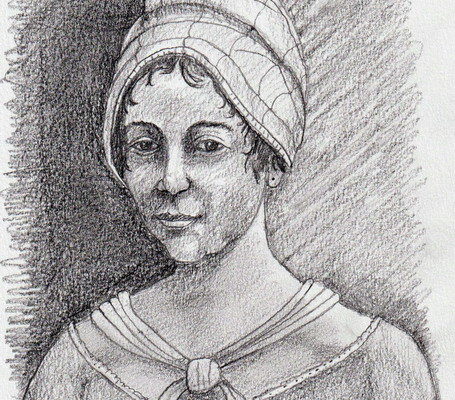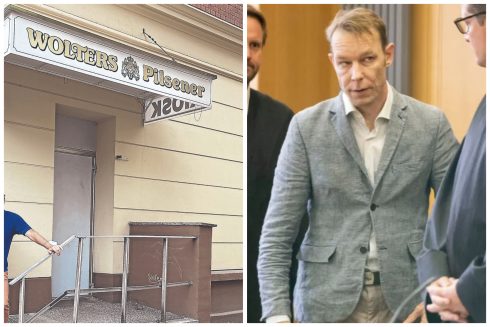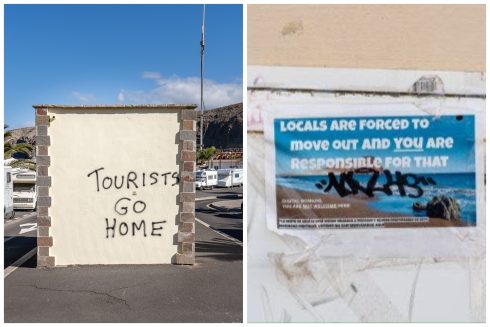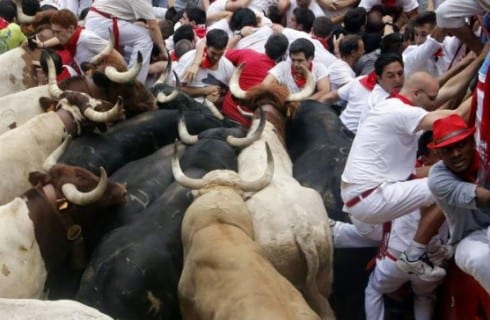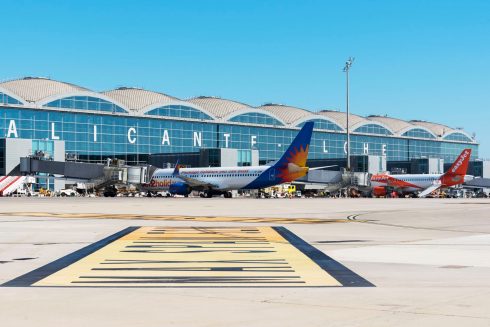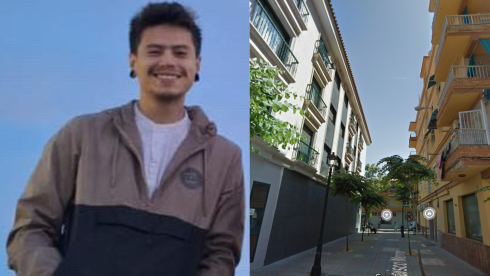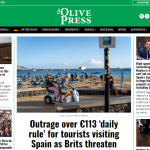FEW health centres have been the nucleus of such controversy as the pandemic hospital inaugurated on December 1, 2020, near Madrid airport and which is set to become the ‘main’ warehouse for the COVID-19 vaccine developed by Pfizer.
Some €50 million over budget, opponents of the Isabel Zendal Nursing Hospital dubbed it ‘one more urban hit’ for building companies, while unions were outraged when a worker lost his life in an accident resulting from its rushed construction.
The government had placed a four month deadline on the hospital’s completion, hoping to cut the red ribbon before another wave of coronavirus could wreak havoc in the winter.
In fact, if there is anything about this 80,000 square metre project that is not contentious then it is its name, which recalls one of the most philanthropic figures in medical history – Spain’s equivalent to Britain’s Florence Nightingale, after whom its own Covid hospitals are named, or Clarissa Barton, Founder of the American Red Cross.
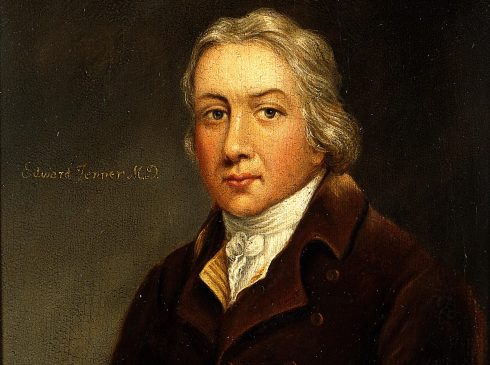
Born in 1771 in Ordenes, Galicia, to a pair of farmers who struggled to put food on the table, Isabel Zendal Gomez was the second eldest of eight in a family grievously affected by sickness, as many were in those days. Three of her siblings died before their first birthdays and when our heroine was only 13, her mother succumbed to the deadliest virus in history, Variola major, the stronger strain of smallpox that carried a death rate of around 30%.
Devastating as this loss was, Zendal did not let it destroy her teenage years but turned her bright mind to the world of medicine, making it her purpose to help those in need. Noted from a young age for her studiousness, she left home at the age of 20 to begin work as an assistant at the Charity Hospital of A Coruna, founded by the Spanish philanthropist Teresa Herrera.
It was in this ‘little hospital of God,’ as Herrera called it, that Zendal gave birth to her son, Benito, whom she would raise as a single mother – in itself an act of heroism considering the times in which she lived.
Seven years later, in 1800, she became the rector of an orphanage for children abandoned by their parents, living off a small monthly salary in addition to a daily payment of one pound of bread. A year later, this increased to 1.5 pounds of bread and a pound of meat.
In 1803 Zendal’s fortunes really changed for the better after a chance encounter with Spanish military doctor Franciso Javier Balmis. He secured her a place on the Real Expedición Filantrópica de la Vacuna, a smallpox vaccination mission funded by King Carlos IV, whose own daughter had died from the disease.
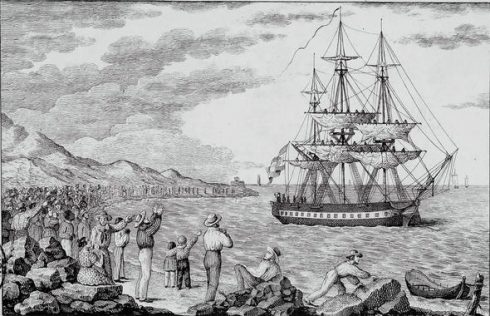
You would not be blamed for expecting a love story here – and in some fictionalised accounts you would find one. Sadly there is no historical record of any such romance between Balmis and Zendal, either before or after the first international sanitary expedition set sail from the port of A Coruna in 1803.
As the smallpox vaccine invented by English physician Edward Jenner involved inoculating a person with material from a cowpox lesion, Zendal was placed in charge of 22 orphan boys who were to serve as successive carriers of cowpox. Under her care, the boys transmitted the disease from one to the other every nine or 10 days, ensuring that the precious pustular lesion made it firstly to Tenerife, where Balmis’ team spent a month conducting vaccinations, and then to Puerto Rico, in February 1804.
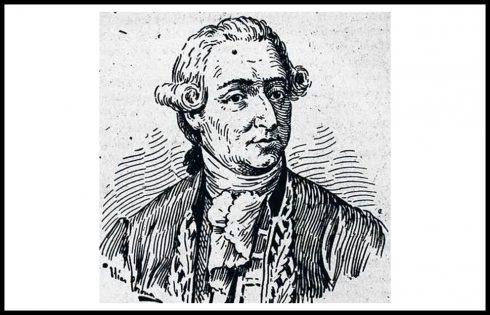
To Balmis’ astonishment and disappointment, however, the local population had already been inoculated by a Danish colony on the Virgin Islands. So the team cast anchor and voyaged to Venezuela, where they parted company and went their separate ways. While Jose Salvany headed to South America on a seven-year mission that would cost some of the crew their lives, Balmis and Zendal travelled to Cuba and then Mexico, where they took onboard another 25 orphans.
Although Balmis would later sail to the Philippines and China, Mexico marked the end of the journey for Zendal, who was feeling the toils of the journey as Balmis remembered in a diary entry one year later:
‘The miserable rector, who by her excessive work and the rigor of the different climates through which we have travelled, has lost her health,’ he wrote. ‘Indefatigable night and day, she has poured all of the tenderness of the most sensitive Mother on the 26 little angels that she has in her care, just as she did from A Coruna and on all of the journeys, and has assisted them perfectly in their continuous illnesses. (Macau, 1806)’
Zendal never returned to her homeland, staying on in Puebla, Mexico, until the end of her days. Overall, the expedition directly vaccinated around 250,000 people and is regarded by some medical scholars as a ‘pioneering event in international health that should be revisited in the current era of persistent inequalities in global health.’
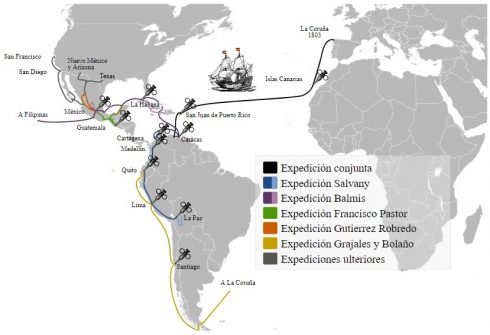
Nor has the legacy of the Maria Patia’s one female crewmember been forgotten. The WHO recognised Zendal as the first ever nurse to go on an international mission, numerous institutions have named awards in her honour and various literary works have immortalised this pioneering nurse as one of the most selfless figures in Spanish history.

